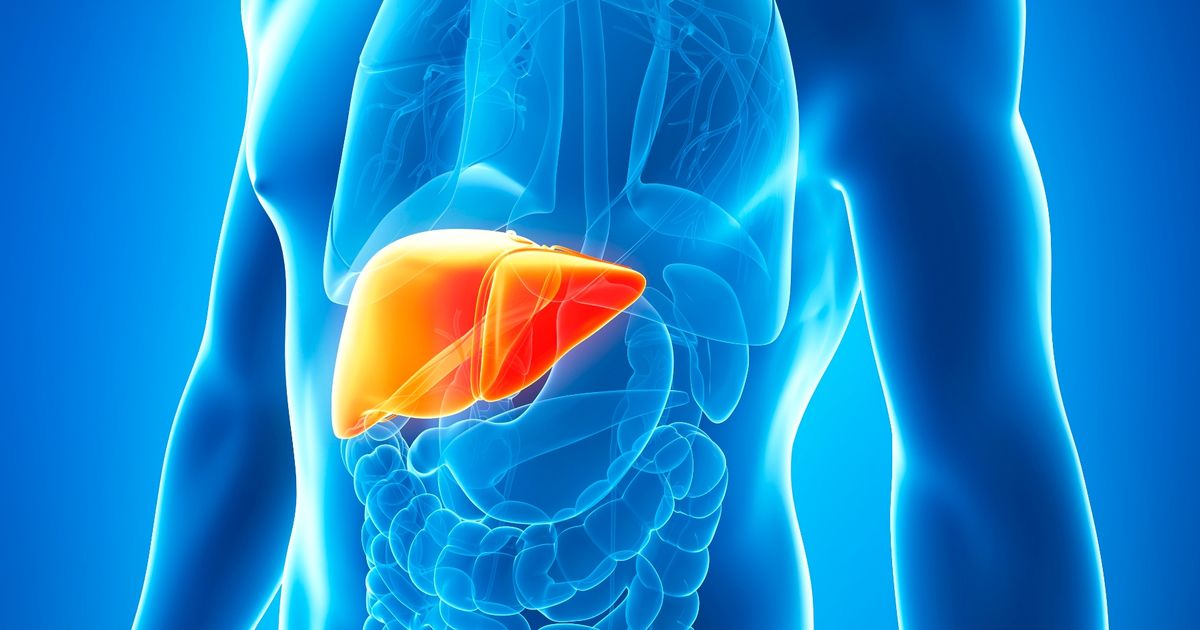What Causes Jaundice?
Hemolytic Anemia
Red blood cells are produced by the bone marrow in the body. If these cells are destroyed more quickly than they can be produced, this results in an imbalance known as hemolytic anemia. This condition can be caused by infections, leukemia, lymphoma, and autoimmune conditions, and it is a potential side effect of some medications, including acetaminophen, ibuprofen, and penicillin. In addition to jaundice, hemolytic anemia patients could experience fatigue, heart murmurs, dizziness, rapid heart rate, and an enlargement of the spleen or liver. Doctors will check for hemolytic anemia by performing a physical examination of the spleen and liver to measure their size. Blood tests will be performed to check the patient's liver function and levels of hemoglobin, reticulocytes, and bilirubin. Patients with hemolytic anemia may be given a transfusion of red blood cells, and individuals who have an underlying autoimmune condition might need to have intravenous immunoglobulin or immunosuppressants. In cases of severe hemolytic anemia that do not respond to conservative treatment options, doctors may recommend the patient consider having their spleen removed. This can reduce the speed at which red blood cells are destroyed.
Get familiar with more causes of jaundice now.
Cirrhosis

Cirrhosis is a form of severe scarring of the liver that may develop in patients with hepatitis and other liver diseases. Individuals who consume excessive amounts of alcohol may also develop cirrhosis. Generally, the condition does not produce any symptoms until it is very advanced, and when symptoms do appear, they often include fatigue, jaundice, swelling in the legs and feet, an accumulation of fluid in the abdomen, and easy bleeding or bruising. Some patients might notice redness on the palms of the hands, and loss of appetite is also common. Many cases of cirrhosis are detected at routine physical examinations and through routine blood tests performed for other reasons. Doctors may also need to perform ultrasounds, MRI scans, and magnetic resonance elastography to properly investigate cirrhosis. A liver biopsy can be useful in determining the severity of a patient's cirrhosis. In the early stages of this condition, the patient may be able to reduce liver damage by receiving treatment for the underlying cause. For example, patients can take oral medicines to treat hepatitis, and individuals with non-alcoholic fatty liver disease might be able to improve their liver health by maintaining a healthy weight and controlling their blood sugar levels. In the later stages of cirrhosis, patients might need to receive hospital treatment.
Discover additional causes of jaundice now.
